Media Wall: How to Create a Stylish Focal Point in Your Home
A media wall can be a transformative element in any living space, combining both functionality and style. Acting as a central focal point, a well-designed media wall not only organizes and conceals media equipment but also enhances the aesthetic appeal of a room. With endless design possibilities, media walls are a versatile addition that can suit any home decor. This article explores how to create a stylish media wall that adds character to your space.
1. Understanding the Purpose of a Media Wall
A media wall is more than just a place to mount a TV. It serves as a sleek solution to organize and hide cables, display decorative elements, and create a cohesive look in a room. By integrating entertainment systems, shelving, and lighting, a media wall can transform an otherwise ordinary wall into an eye-catching centerpiece that adds depth and style to your home.
2. Choosing the Right Layout for Your Space
The design of your media wall should complement the layout of your room. Here are a few layout ideas that cater to different needs:
- Floating Media Wall: Ideal for minimalist interiors, a floating media wall makes the room feel open and spacious. The TV and shelving units are mounted directly onto the wall, keeping the floor area clear.
- Built-In Media Wall: A built-in wall blends seamlessly with the architecture of your home, offering ample space for both media equipment and decorative items. Built-ins work well in larger rooms or open-plan living areas.
- Compact Media Wall: For smaller spaces, a compact media wall can house the essentials—TV, speakers, and a few shelves—without overwhelming the room.
3. Selecting Materials to Match Your Aesthetic
The choice of materials sets the tone for your media wall’s style and feel. Common materials include:
- Wood: Wood can add warmth and a natural touch, suitable for rustic, farmhouse, or modern interiors. Opt for rich, dark woods for a sophisticated look or lighter finishes for a fresh, airy feel.
- Metal and Glass: For a modern, sleek design, metal and glass are ideal. Black metal frames or chrome finishes add a contemporary flair that works well in industrial or minimalist spaces.
- Stone and Brick: Stone and brick lend a rustic or industrial charm and create a strong visual impact. These materials work particularly well in spaces with natural or urban-themed decor.
4. Integrating Storage and Display Features
Storage and display options are essential for a functional media wall. Incorporate a combination of open and closed storage to keep the space tidy and stylish:
- Open Shelves: Use open shelves for displaying decor items, like framed photos, books, or collectibles. This adds personality to your media wall while keeping it accessible.
- Closed Cabinets: Closed cabinets are ideal for storing unsightly items like cables, game consoles, and media equipment, maintaining a clean and clutter-free look.
- Drawers: Drawers provide additional storage for items like DVDs, remotes, or other accessories. Choose drawer styles that complement the overall design, whether minimalist handles or hidden grips.
5. Adding Lighting for Visual Impact
Lighting is key to enhancing the look and feel of your media wall. It adds depth, highlights certain features, and creates a warm ambiance.
- LED Strip Lights: Place LED strips behind the TV or along the shelves for a soft, ambient glow that frames the media wall beautifully.
- Accent Lighting: Use small spotlights to highlight artwork, photos, or decorative items on the shelves.
- Backlighting: For a dramatic effect, backlight the entire wall, making it a focal point even when the TV is off.
6. Incorporating Sound for a Home Theater Experience
To create an immersive experience, consider integrating a sound system directly into the media wall. Speaker placement is important for optimal sound distribution:
- Built-In Speakers: Built-in speakers blend seamlessly into the wall and create a surround-sound experience without taking up extra space.
- Soundbar Placement: Position the soundbar below or above the TV for a compact solution that enhances audio quality while keeping the look streamlined.
- Cable Management: Conceal speaker wires and power cables within the wall for a tidy setup. Effective cable management ensures the wall maintains a clean, cohesive look.
7. Personalizing Your Media Wall
Your media wall should reflect your personal taste and lifestyle. Here are a few ideas to add a unique touch:
- Display Family Photos: Use a few dedicated shelves to display family photos or meaningful keepsakes for a personal touch.
- Add Greenery: Place small potted plants or succulents on the shelves to add freshness and a touch of nature to the wall.
- Incorporate Artwork: Use a mix of framed prints or paintings on the shelves or even incorporate a small gallery wall adjacent to the TV.
- Seasonal Decor: Switch out decor elements seasonally to keep the wall looking fresh and aligned with the current season’s vibe.
8. Creating Balance and Harmony
Maintaining balance in your media wall’s design is essential for a visually pleasing result. Consider the following tips to achieve harmony:
- Symmetry vs. Asymmetry: Decide whether you want a symmetrical design, which brings order and structure, or an asymmetrical layout, which can feel more dynamic and artistic.
- Color Coordination: Keep your media wall’s color palette aligned with the room’s overall theme. Neutrals like black, white, and gray are versatile, while wood tones add warmth. If you prefer a bolder look, use accent colors to make certain elements pop.
- Avoid Overcrowding: While it’s tempting to fill every shelf, negative space can be just as impactful. Leave some empty spaces to keep the wall from feeling too cluttered.
9. DIY vs. Hiring a Professional
While a DIY approach is possible for simpler wall designs, complex installations may require a professional. Custom-built media walls typically involve construction, electrical work, and precise measurements to ensure a seamless fit. A professional can help realize your vision and address any technical challenges, while a DIY project may be better suited for smaller, modular setups.
Conclusion
A media wall is more than just a place to mount your TV; it’s an opportunity to create a stylish focal point that enhances your space’s functionality and appeal. By carefully choosing materials, integrating storage and lighting, and personalizing your design, you can create a wall that reflects your style and elevates your home’s interior. Whether you’re after a minimalist look or a bold statement, a media wall is a versatile addition that makes every movie night or gathering feel special.
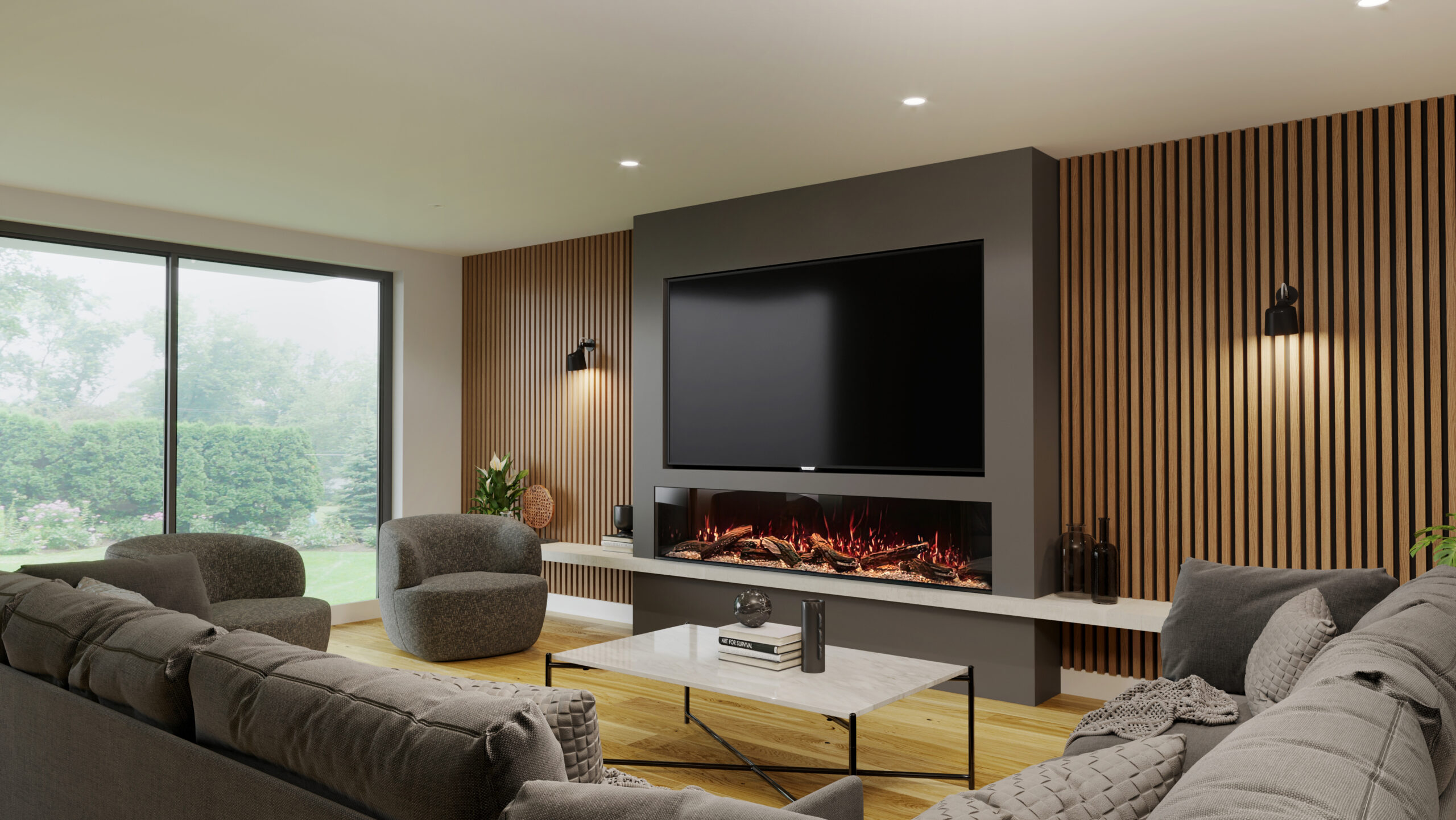

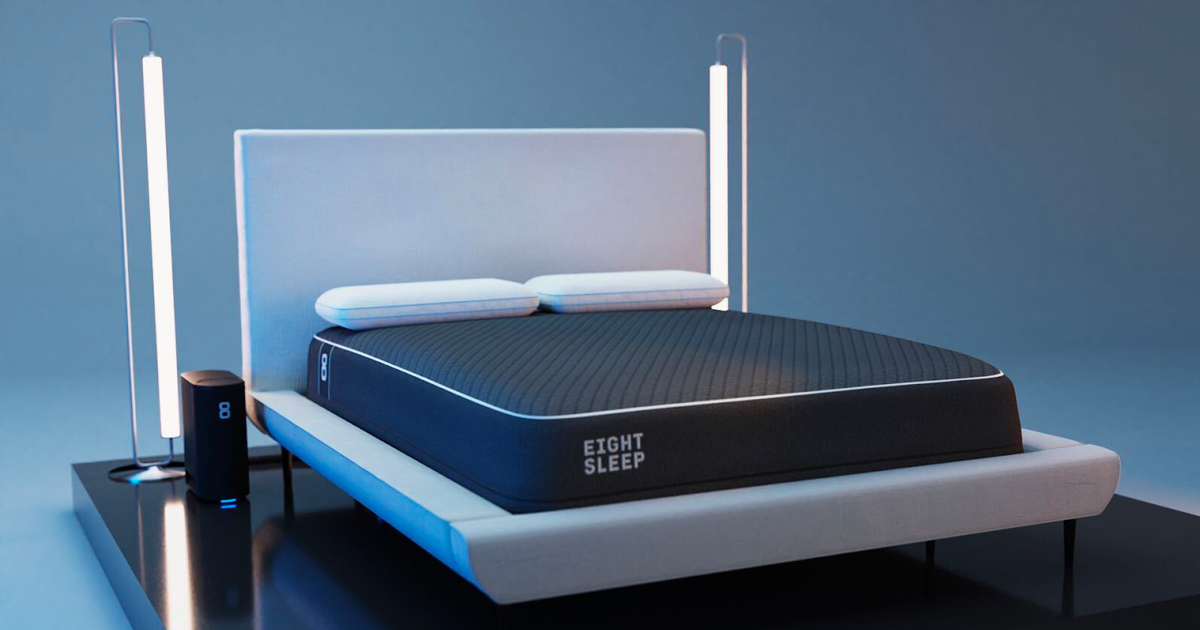




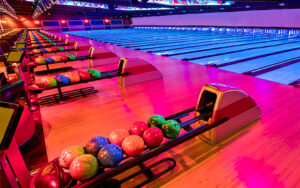

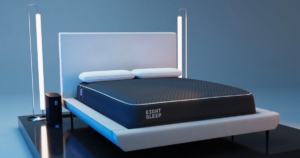

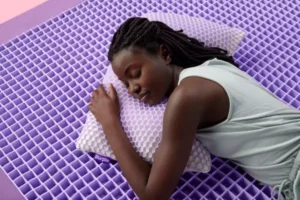


Post Comment